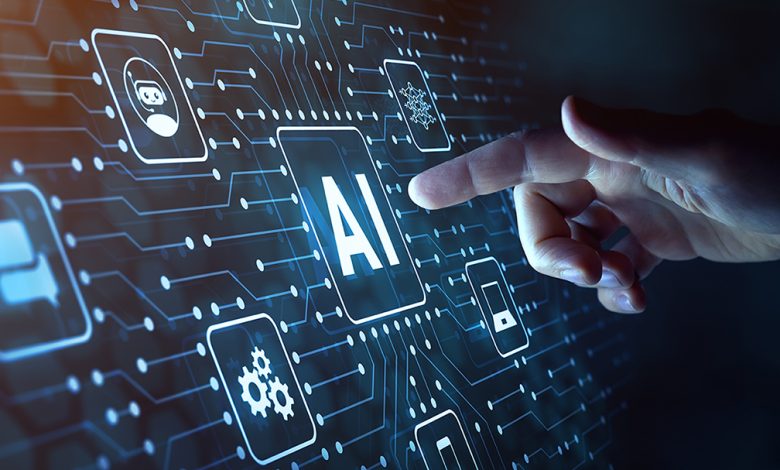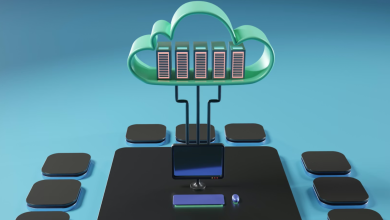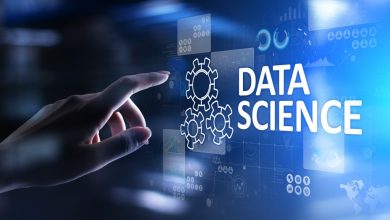
AI is reshaping the cloud landscape, turning it from a reactive utility into a proactive system that anticipates demand, prevents issues before they arise, and intelligently directs workloads.
For years, the cloud has promised flexibility and scale. But running large, mission-critical systems like SAP still required constant human oversight. All along, engineers have spent hours monitoring dashboards, fine-tuning workloads, and reacting to incidents after they happened.
But that’s changing fast with AI adding a new layer of intelligence to cloud operations – and for organisations managing complex, multi-cloud and hybrid environments, it’s becoming the key to unlocking the cloud’s full potential.
From Reactive to Intelligent Workload Management
AI’s most tangible impact is in how workloads scale and optimise themselves. Traditional cloud automation relied on static thresholds – fixed capacity limits that triggered scaling only when usage hit a set point. That often meant overprovisioning to stay safe, driving up costs.
Now, AI models analyse historical usage patterns, business calendars, and even external factors like weather or shipping trends to predict demand and adjust resources proactively.
For example, a retailer running SAP in the cloud doesn’t have to wait for a Black Friday surge to trigger scaling. AI can forecast the spike weeks in advance, optimise capacity accordingly, and free engineers to focus on higher-value work. The system continuously refines its predictions, learning and improving with every cycle.
This is what true flexibility with cloud looks like: intelligent scaling that delivers both cost efficiency and reliability.
Predicting and Preventing Issues Before They Happen
Downtime has always been a cloud operator’s biggest fear, particularly in ERP environments like SAP where a minor latency issue can ripple across finance, supply chain, and HR.
AI is changing the game. By analysing logs, performance telemetry, and user behaviour in real time, machine learning models can spot anomalies before they escalate into outages.
Instead of waiting for alerts, AI can spin up extra resources or even trigger self-healing scripts automatically. For businesses running mission-critical workloads, this shift from firefighting to prevention is a competitive advantage.
Making Sense of Multi-Cloud and Hybrid Complexity
While multi-cloud and hybrid strategies give businesses more flexibility and choice, they also introduce complexity: Which cloud should a workload run on? Which region balances performance, cost, and compliance best?
This is where AI orchestration tools are proving invaluable. Intelligent systems can now analyse cost, performance, and compliance factors in real time and automatically place each workload in the environment that best balances those needs.
A non-critical batch job might move to a lower-cost region overnight, while latency-sensitive processes stay close to users. AI can even recommend shifting workloads to sovereign cloud environments when regulations demand stricter data residency.
This intelligence is what transforms multi-cloud from a management headache into a strategic asset.
SAP and the Clean Core: Preparing for the Future
One of the biggest challenges for businesses continues to be technical debt. Decades of custom code make upgrades slow and costly. The move to a “clean core” has long been the goal, but manually analysing and triaging tens of thousands of custom objects is a draining, error-prone process that quickly overwhelms even large teams.
AI is changing that. Intelligent agents can now scan custom code, cross-reference it with runtime data, and recommend whether to retire, replace, or refactor it – even pointing to standard alternatives that can take its place.
A cleaner SAP core running in the cloud is more agile, extensible, upgrade-ready, and primed to help businesses innovate without hitting siloed data and roadblocks.
In this sense, AI isn’t just making SAP run better; it’s enabling the next wave of ERP transformation.
AI as a Force Multiplier, not a Replacement
At the same time, there’s a persistent fear that AI will replace human roles – whereas in reality, it’s proving to be a force multiplier. By applying AI to ticketing workflows, for instance, we have been able to:
- Automatically categorise and escalate tickets, reducing manual workload
- Use AI-driven quality checks to flag inefficiencies in resolution processes
- Improve accuracy rates from 70% to 97% through continuous model refinement
What stands out most is that AI sometimes delivered more consistent results than human reviewers while taking control of repetitive, low-value tasks. This, in turn, frees up skilled engineers and consultants to focus on higher impact worker such as strategic problem-solving, innovation, and building more resilient systems.
The Future of Autonomous Cloud Infrastructure
The future of cloud infrastructure is undoubtedly autonomous – systems that can sense, learn, and act in alignment with business goals. In SAP environments, that could mean self-optimising patching cycles, AI-driven cost balancing aligned with FinOps principles, or even predictive scaling tied to real-time business events.
At the same time, AI won’t remove the need for human judgment and accountability. But it will dramatically reduce the manual burden of cloud operations. In the end, the companies that embrace this shift now will be ready to innovate faster, adapt quicker, and deliver better experiences for their users.
After all, that was always the promise of the cloud – and with AI, we’re finally starting to realise it.




